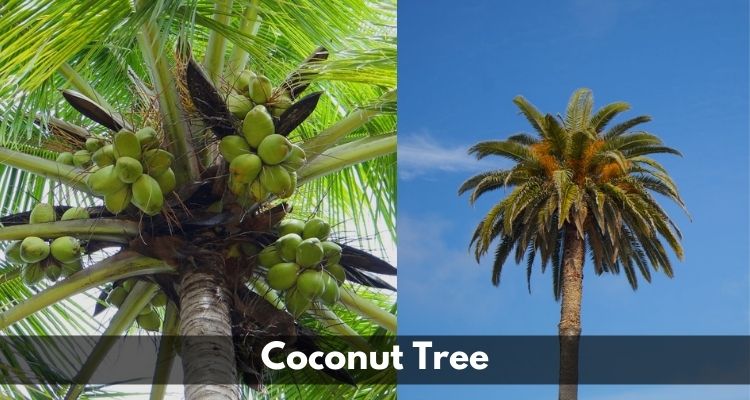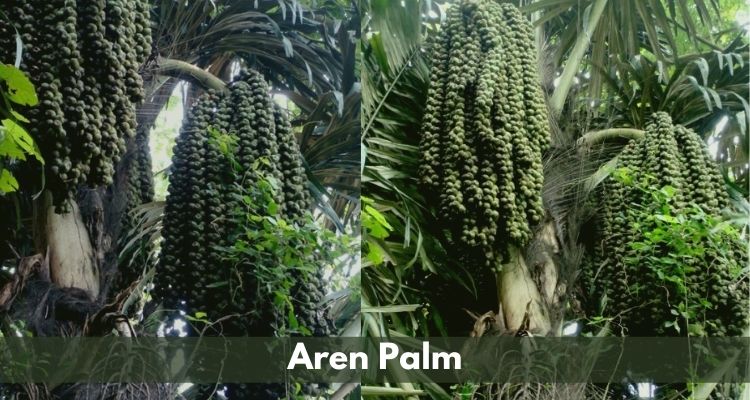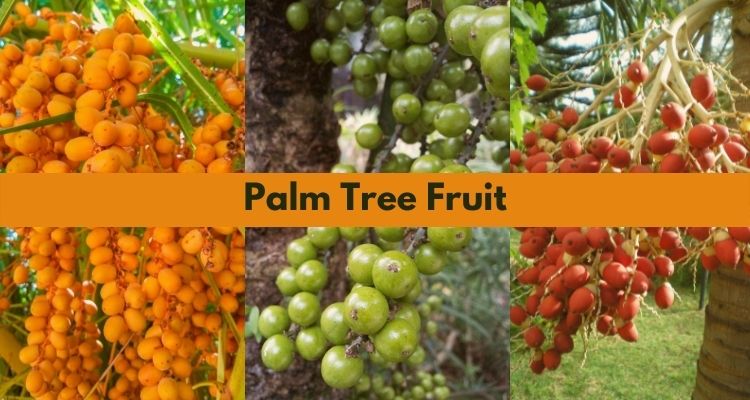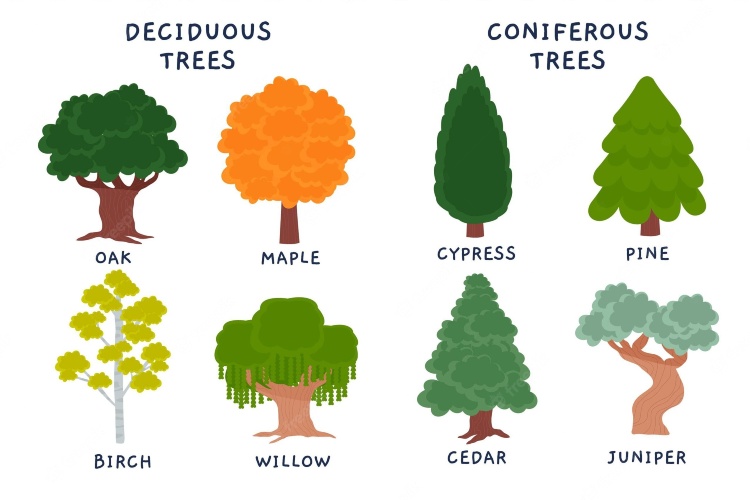|
Getting your Trinity Audio player ready...
|
Information About Palm trees
Palms are perennials that can grow as trees or bushes without a stem. The smaller ones are called “palms,” while the trees are generally called palms. Most of them are found in tropical and subtropical climates and can be easily identified by their fronds (large evergreen leaves) arranged on a straight trunk with no branches. First, let’s discuss the types of palm.
List of 8 Types of Palm Trees
1. Coconut Tree

Palms are perennials that can grow as trees or bushes without a stem. The smaller ones are called “palms,” while the trees are generally called palms. Most of them are found in tropical and subtropical climates and can be easily identified by their fronds (large evergreen leaves) arranged on a straight trunk with no branches. First, let’s discuss the types of palm trees.
Also Read: All about Coconut Tree with Their Benefits, Uses, Types, and Images
2. Date Palm

The date palm is another flowering species of palm that is native to India. The sap from these palm trees is used in West Bengal to make jaggery or gud. These trees have sturdy trunks that can reach heights of 35 to 40 feet.
3. Betel Palm / Areca Palm

One of the most commonly grown palm species, the areca palm, is not native to the country but occurs in the Andaman Islands. The plant has several medicinal benefits as its leaf extracts contain omega-6, palmitic acid, myristic acid, and stearic acid, which are used in the pharmaceutical, food, and cosmetic industries.
4. Sago Palm

The sago palm is an endangered species of palm and comes from the wild regions of southern India. Also known as Queen Sago, you can grow her as a houseplant too. It has poisonous seeds. However, you can remove the poison by soaking them in water. To make the seeds completely harmless, at least 6-7 soaks are required.
5. Royal Palm

Another type of palm that is not indigenous but widespread in India is called “Vakka“. Useful in landscaping, it is a famous ornamental tree in India today. The tree also has a certain meaning in traditional medicine, and apart from that, almost every part of the tree is useful, e.g., leaves, roots, fibers, and seeds.
6. Foxtail Palm

The only species in the genus Wodyetia is the foxtail palm. The tree has a smooth trunk known as the “foxtail” because of its downy leaves like a foxtail. They do not originally come from India, but they can be naturalized without any problems due to similar climatic requirements.
7. Aren Palm

Native to the tropical regions of Asia, they are medium-sized palm trees with evergreen leaves, which are characterized by their characteristics. Plants are commercially important because their sap is used in India to make “gud” or jaggery. Thus, they are also known as black sugar palms.
8. Toddy Palm

Toddy is originally from the Indian subcontinent. It’s a sturdy, fast-growing tree that can reach 90 to 100 feet tall. Almost all of its parts are very useful in many ways. Its leaves are used to make hats, mats, baskets, fans, and umbrellas. The famous drink “Tadi” is made from the juice of these palm trees.
List of 10 Types of Palm Tree Fruits

Some palms produce edible fruits, sometimes in such abundance that they have become very important crops. The most common fruit-producing palms are:
- Coconut Palm Fruit
- Date Palm Fruit
- Saw Palmetto Palm Fruit
- Açaí Palm Fruit
- Peach Palm Fruit
- Pindo Palm Fruit
- Betel Nut Palm Fruit
- Snake Palm Fruit
- Chilean wine Palm Fruit
- Jelly Palm Fruit
Information About Palm Tree Plant

Palms plants include thousands of species from different biomes worldwide, each with its own unique needs. There are tropical, subtropical, and desert species and palm trees that grow in cold climates like Alaska. Some undergrowth plants prefer shade and a dark, humid environment, while others like heat and sun. If you want healthy palms, you need to feed them frequently, growing them indoors or outdoors.
Information About Palm Tree Seeds

Starting a palm tree is from seeds obtained through a seed catalog or from a flowering tree.
Your first step is to grow the seed, placing the seed in a container that is 4 inches deep in the layer of soil. Next, put the container in a warm, humid place while you wait for it to germinate; Depending on the variety, it can take around two months for seeds to grow.
Once the seed has germinated, move the palm to a well-lit place and let it continue to grow. Feed the palm a weak liquid fertilizer for a few months after it has grown. After the palm has grown several sets of leaves, you can transplant it into a larger container.
Why Fertilizers are Important for Palm Trees?
In the growing season, feed your palm regularly. Choose a palm fertilizer that contains all of the micronutrients needed for a healthy palm, and potassium and manganese. This deficiency is particularly common in palm trees and can lead to yellowish or brown leaves. If you notice the palm of your hand spinning, it may be time to increase your diet.
Here is a summary of everything about the palm tree. Of course, each type requires different care. If you have a palm tree in your home, this information can give you an idea of keeping it alive and healthy.



